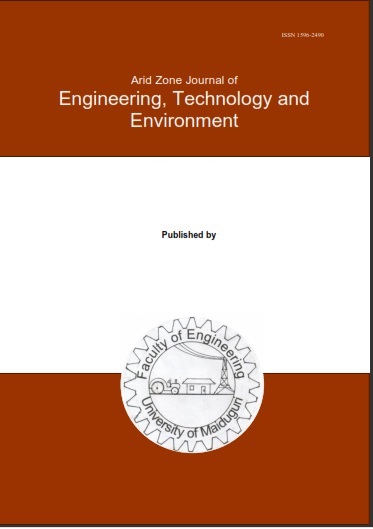Abstract
Earthquakes pose a significant threat to structural integrity and human safety, necessitating effective seismic mitigation strategies. This review paper explores the effectiveness of Fluid Viscous Dampers (FVDs) in mitigating seismic responses in high-rise structures. FVDs, as passive energy dissipation devices, enhance structural resilience by reducing inter-story drift, base shear, and overall structural accelerations without significantly altering stiffness. The study compares FVDs with alternative damping systems, including Tuned Mass Dampers (TMDs), Hysteretic Dampers (HDs), Friction Dampers (FDs), and Lead Rubber Bearings (LRBs), highlighting the superior adaptability and efficiency of FVDs in high-rise applications. Placement strategies for FVDs, their integration with other damping systems, and their effectiveness under varying seismic intensities are examined. Findings indicate that uniform distribution across all stories ensures balanced energy dissipation, while targeted placement at lower levels enhances efficiency in specific structural configurations. Also, hybrid approaches, such as combining FVDs with BRBs or base isolation, show promising outcomes in optimizing seismic resilience. The review suggests the importance of further research into computational optimization and practical implementation, torsional irregularities, uniform load distribution in high-rise structures on FVD performance particularly in developing regions like Nigeria, where seismic risks are evolving.

This work is licensed under a Creative Commons Attribution-NonCommercial-NoDerivatives 4.0 International License.
Copyright (c) 2025 ARID ZONE JOURNAL OF ENGINEERING, TECHNOLOGY AND ENVIRONMENT

